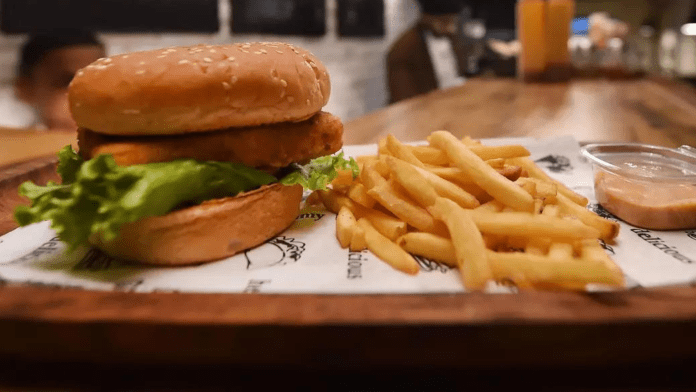According to ICRA’s estimation, the leading five companies in the domestic quick-service restaurant (QSR) sector are expected to open around 2,300 new outlets between FY2023-FY2025. The estimated capital expenditure for this period is approximately INR 5,800 crore, excluding refurbishment costs, which is twice the amount seen during the pre-Covid era.
With a positive demand outlook, the domestic QSR industry is planning to undertake significant store capital expenditure in the medium term. The majority of this capex is expected to be financed through internal accruals and cash reserves, as the industry has raised funds through pre-IPO/IPO routes in the last two fiscal years to support the planned capex in the near to medium term.
Commenting further, Suprio Banerjee, Vice-President and Sector Head, corporate ratings, ICRA Limited, said, “The capex spree in the QSR industry is likely to be driven by favourable demographics, steady urbanisation in India, growing per-capita GDP and significant headroom available in terms of QSR penetration, compared to a developed economy like the US.”
He added, “Increasing formalisation of the sector is expected to improve the penetration levels considerably. Also, higher technological absorption amid the changing consumer behaviour post Covid, wherein delivery as a medium is much more accepted, shall support the increasing penetration. The CAPEX over FY2023-FY2025 is estimated at around INR 1,800 crore to INR 2,000 crore (excluding refurbishment) per annum, which would be around approximately 2.5 times that of the levels seen in FY2020 (pre-Covid).”
In FY2023, the domestic QSR industry experienced a remarkable revival in both average daily sales and revenues. This growth was fueled by various demand drivers, such as shifting food consumption habits, favorable demographics, increasing purchasing power, continuous urbanization, and the addition of new stores. Additionally, factors such as improved value proposition from QSR players with enhanced product and service offerings, widespread adoption of user-friendly and convenient delivery applications, and technology-enabled delivery networks contributed to the industry’s growth.
As the impact of the pandemic diminished and vaccination coverage increased, the QSR industry gained strong growth momentum. The industry saw a significant recovery in ADS levels, which increased to INR 85,789 in FY2022 from INR 67,479 in FY2021. Further, the ADS rose to approximately INR 97,696 in the ninth month of FY2023 compared to approximately INR 85,355 in the ninth month of FY2022.
ICRA estimates that the robust industry revenue expansion of approximately 30-35 percent in YoY terms for FY2023 will result in growth moderating somewhat but remaining strong at 20-25 percent in FY2024. This growth is attributed to the increasing demand and penetration, driven by the rapid expansion of stores. However, there are downside risks to these projections due to the possibility of further Covid waves or a significant weakening in purchasing power due to a high inflationary interest-rate regime.
In the long term, revenue growth will be supported by various factors, such as rising QSR penetration levels, a shift from the unorganized to the organized segment, and a preference for branded QSR players due to hygiene and convenience factors, including delivery over dine-in.
Despite the healthy recovery of operational metrics, including ADS and sales per store, in FY2023, gross margins were negatively impacted by inflation and competition. For the sample analyzed from Q1 FY2022 to Q3 FY2023, gross margins have been contracting sequentially, indicating the QSR players’ partial ability to pass on the increase in raw material costs fully. This inability is due to stiff competition from both the organized and unorganized segments.
“India’s dependence on imports for edible oils further exposes the players’ margins to geo-political risks and forex fluctuations. The high lease costs, as well as rising overheads related to a growing delivery model, also impacts the cost structure. The operating margin in FY2023 and FY2024 is, therefore, expected to be flattish (despite the benefits of scale economies) and is likely to remain in the range of 20-22 percent compared to 20 percent in FY2022. The coverage metrics, however, are expected to improve in the near to medium term, given the limited borrowing levels anticipated for the store expansion and a favourable demand scenario,” Banerjee added.


